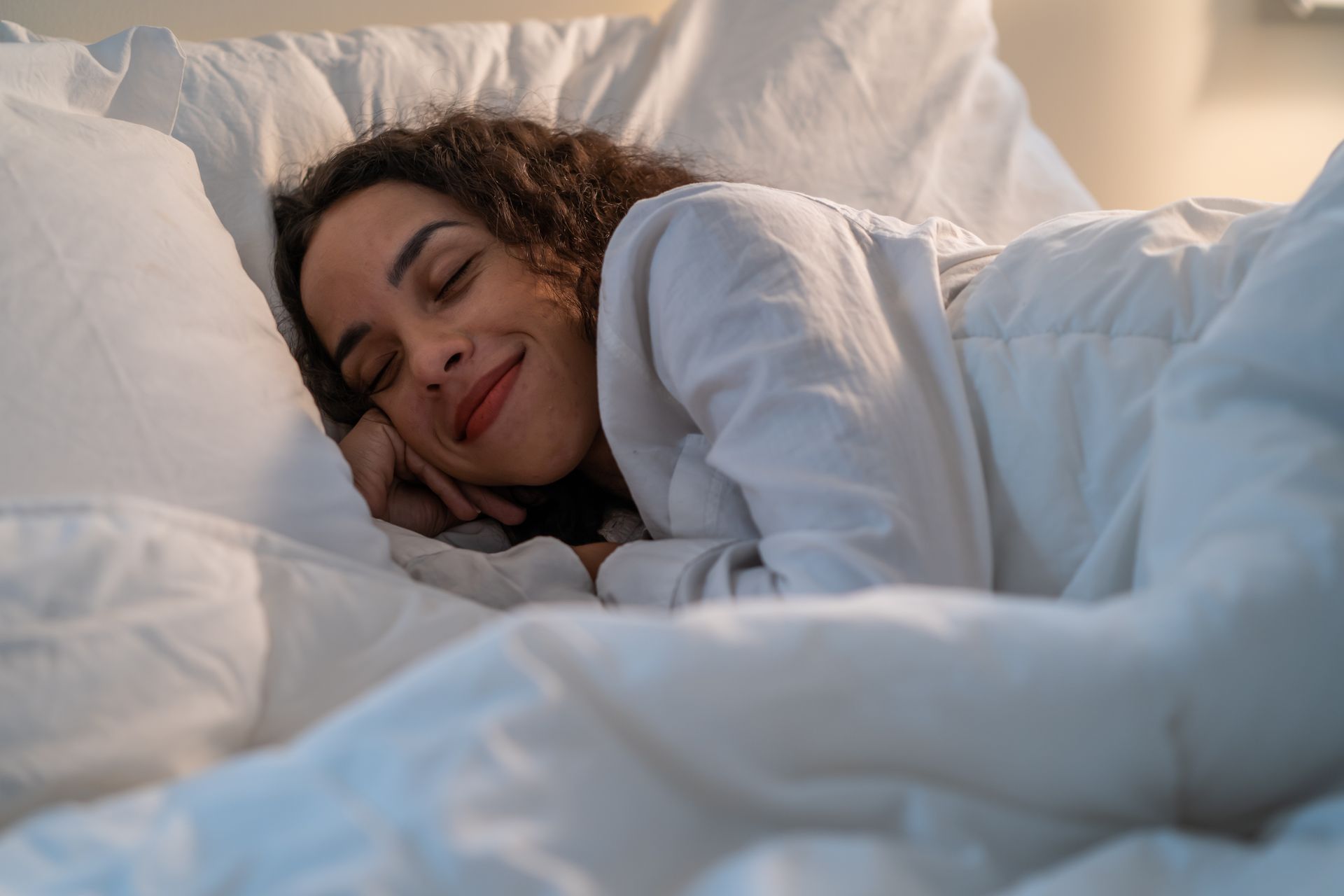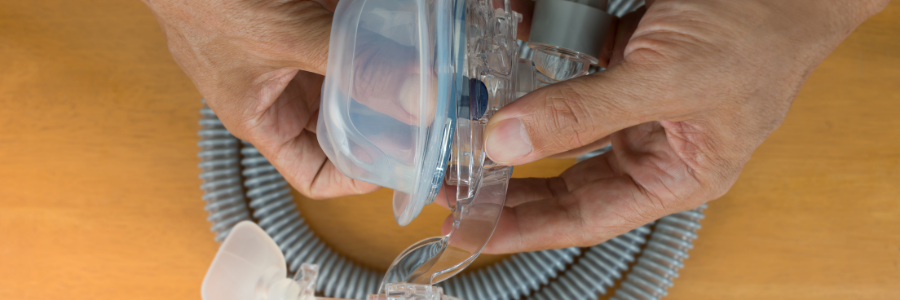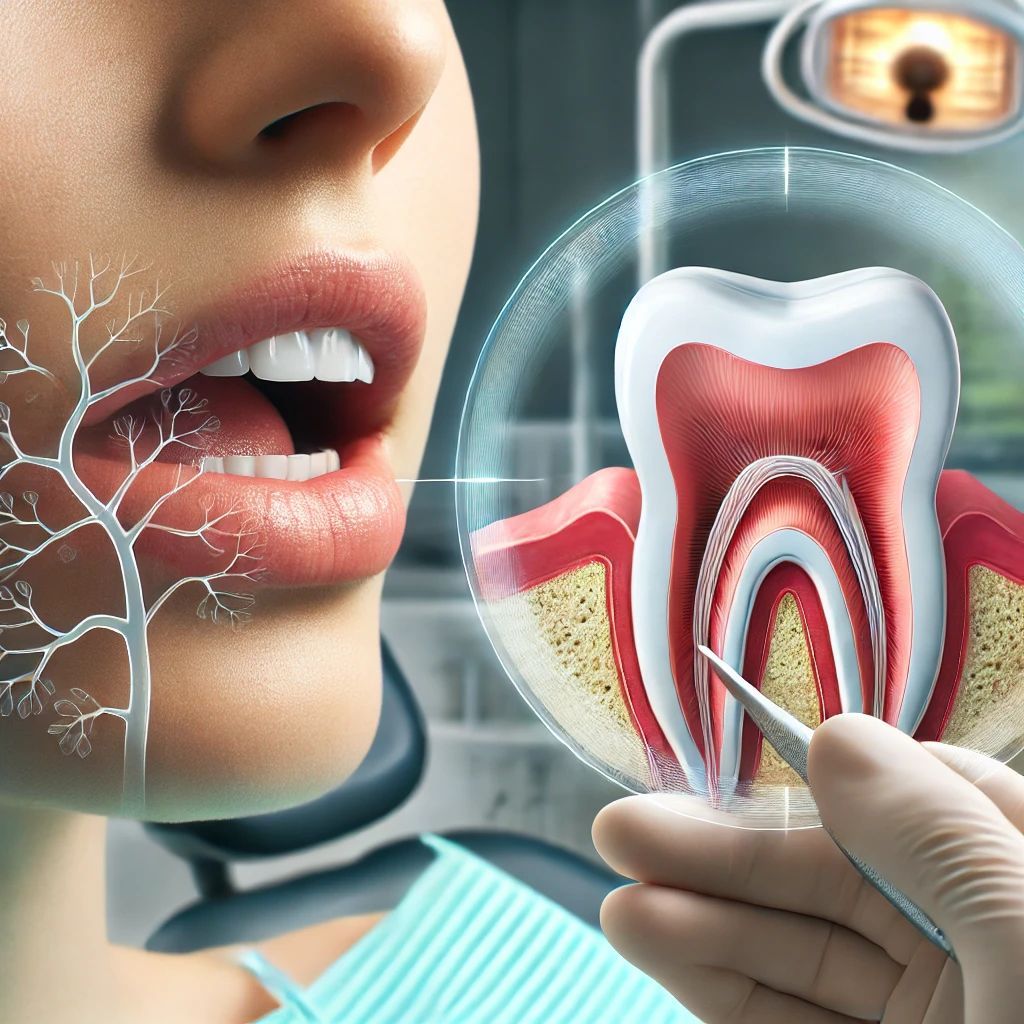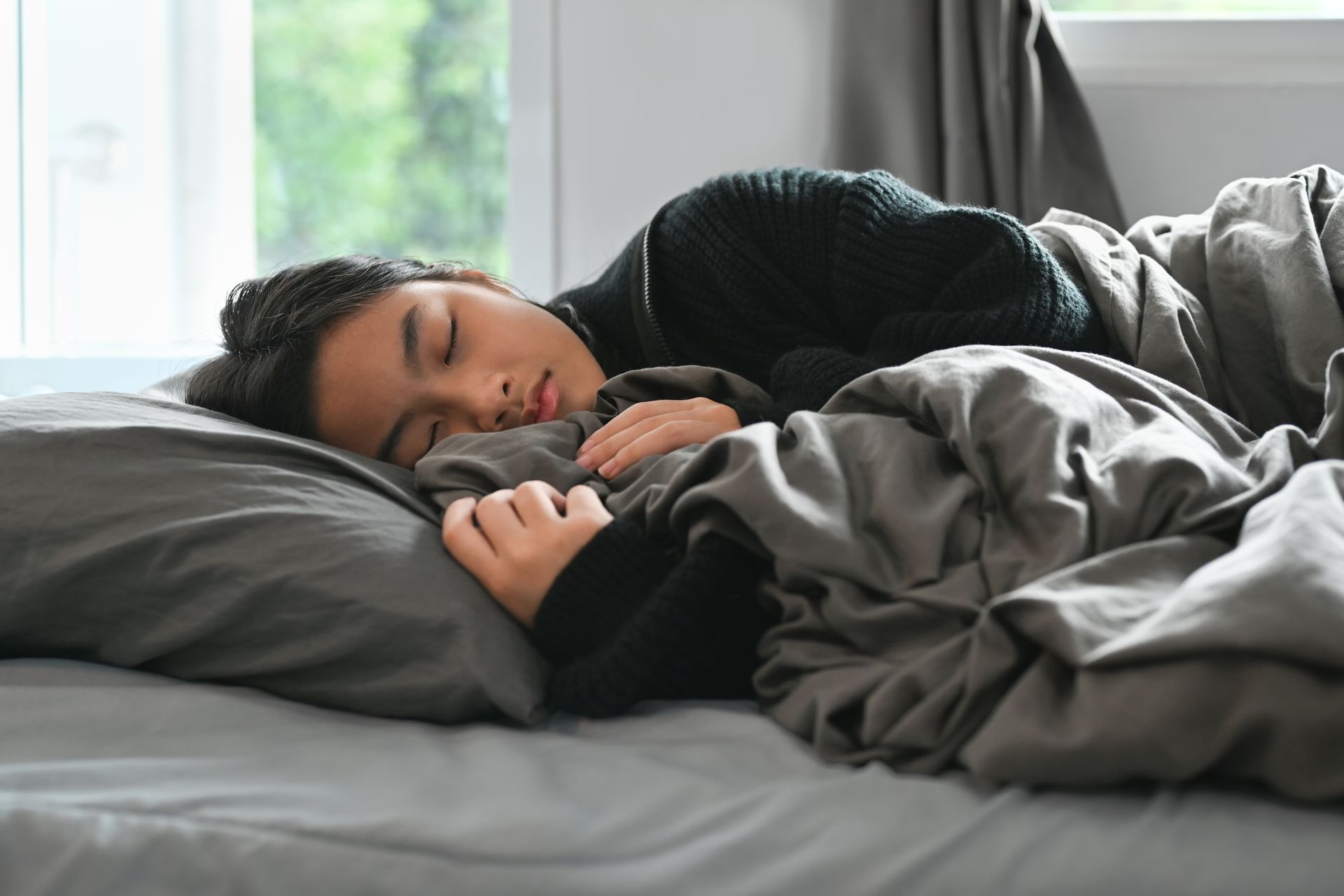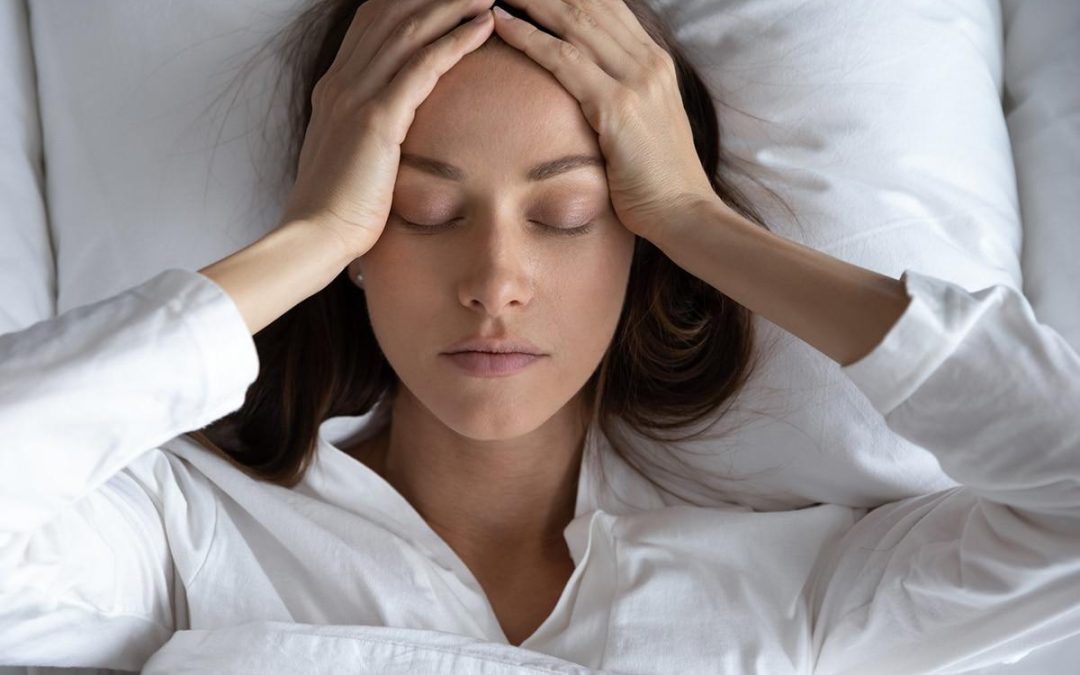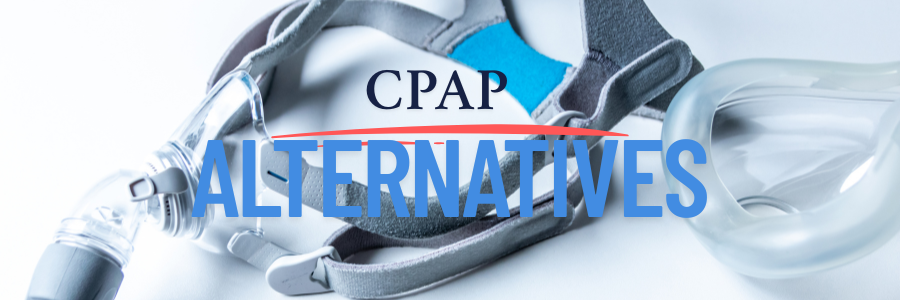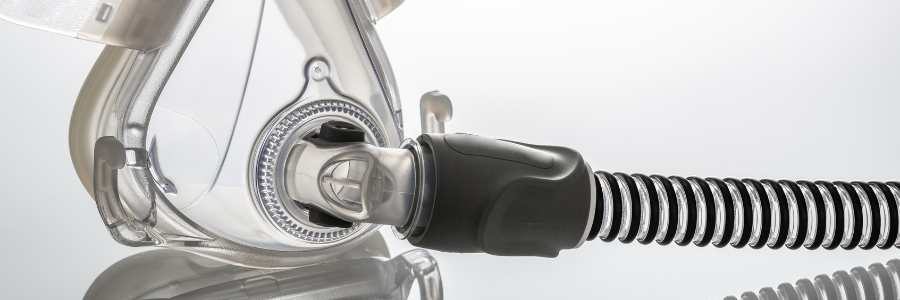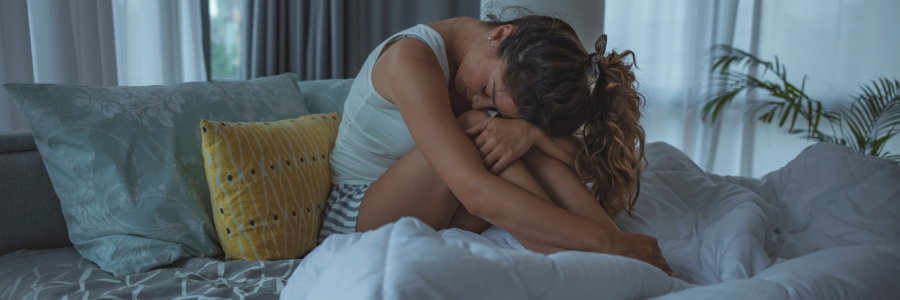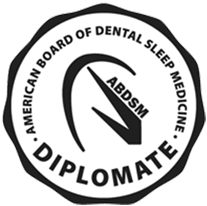Why Sleep Apnea Often Goes Undiagnosed—Especially in Women?

When you think of sleep apnea, the image that probably comes to mind is an older, overweight man who snores loudly. But here’s the truth: millions of women have sleep apnea—and many don’t even know it.
In fact, up to 90% of women with obstructive sleep apnea (OSA) remain undiagnosed.
This isn’t just a diagnostic blind spot. It’s a public health issue. Untreated sleep apnea increases the risk for heart disease, stroke, diabetes, depression, and cognitive decline—including Alzheimer’s disease. So why are women so often overlooked?
Let’s break down the reasons—and what you can do if you suspect sleep apnea might be affecting you or someone you love.
What Is Obstructive Sleep Apnea (OSA)?
Obstructive sleep apnea is a condition where the airway repeatedly collapses during sleep, leading to:
- Loud snoring or gasping
- Pauses in breathing
- Fragmented, poor-quality sleep
Over time, this leads to daytime exhaustion, difficulty concentrating, irritability, and long-term health risks.
How Sleep Apnea Symptoms Look Different in Women?
Men with OSA typically present with:
- Loud snoring
- Noticeable apneas (pauses in breathing)
- Excessive daytime sleepiness
But women often present differently, with more subtle or “non-classic” symptoms, such as:
- Fatigue or insomnia
- Morning headaches
- Depression or anxiety
- Difficulty concentrating ("brain fog")
- Mild snoring or no snoring at all
Because of this, women are more likely to be misdiagnosed with
chronic fatigue,
menopausal symptoms, or
mental health conditions, and less likely to be referred for a sleep study.
Hormonal Factors and Sleep Apnea in Women
Hormonal changes throughout a woman’s life can affect sleep and breathing patterns:
- During pregnancy: Weight gain and nasal congestion can increase the risk for sleep-disordered breathing.
- Perimenopause and menopause: As estrogen and progesterone levels decline, the risk of airway collapse rises.
- Postmenopause: Sleep apnea prevalence in women increases significantly, often catching patients and providers off guard.
Why Sleep Apnea Goes Undiagnosed in Women?
Here are the top reasons:
- Different Symptom Profiles
Women are less likely to snore loudly or report apneas, which makes doctors less likely to suspect OSA. - Cultural Bias
There’s a longstanding stereotype that OSA is a “man’s disease.” As a result, fewer women are screened or referred for evaluation. - Underreporting
Women may downplay or normalize symptoms like fatigue, especially if they’re juggling work, caregiving, or family life. - Diagnostic Limitations
Standard screening questionnaires (like the STOP-BANG) may not fully capture how OSA presents in women.
What You Can Do If You Suspect Sleep Apnea?
- Track your symptoms: Fatigue, disrupted sleep, mood changes, or snoring (even if mild) are worth investigating.
- Talk to your healthcare provider: Advocate for a sleep evaluation—even if your symptoms don’t fit the “typical” profile.
- Consider a home sleep test: At-home testing is often more accessible, comfortable, and effective for diagnosing OSA.
- Explore oral appliance therapy: Many women prefer custom dental appliances as a comfortable, travel-friendly alternative to CPAP.
Let’s Redefine the Face of Sleep Apnea
If you're a woman dealing with fatigue, poor sleep, or unexplained health changes—you deserve answers. Sleep apnea might not look the way you expected, but the effects on your health are real—and treatable.
